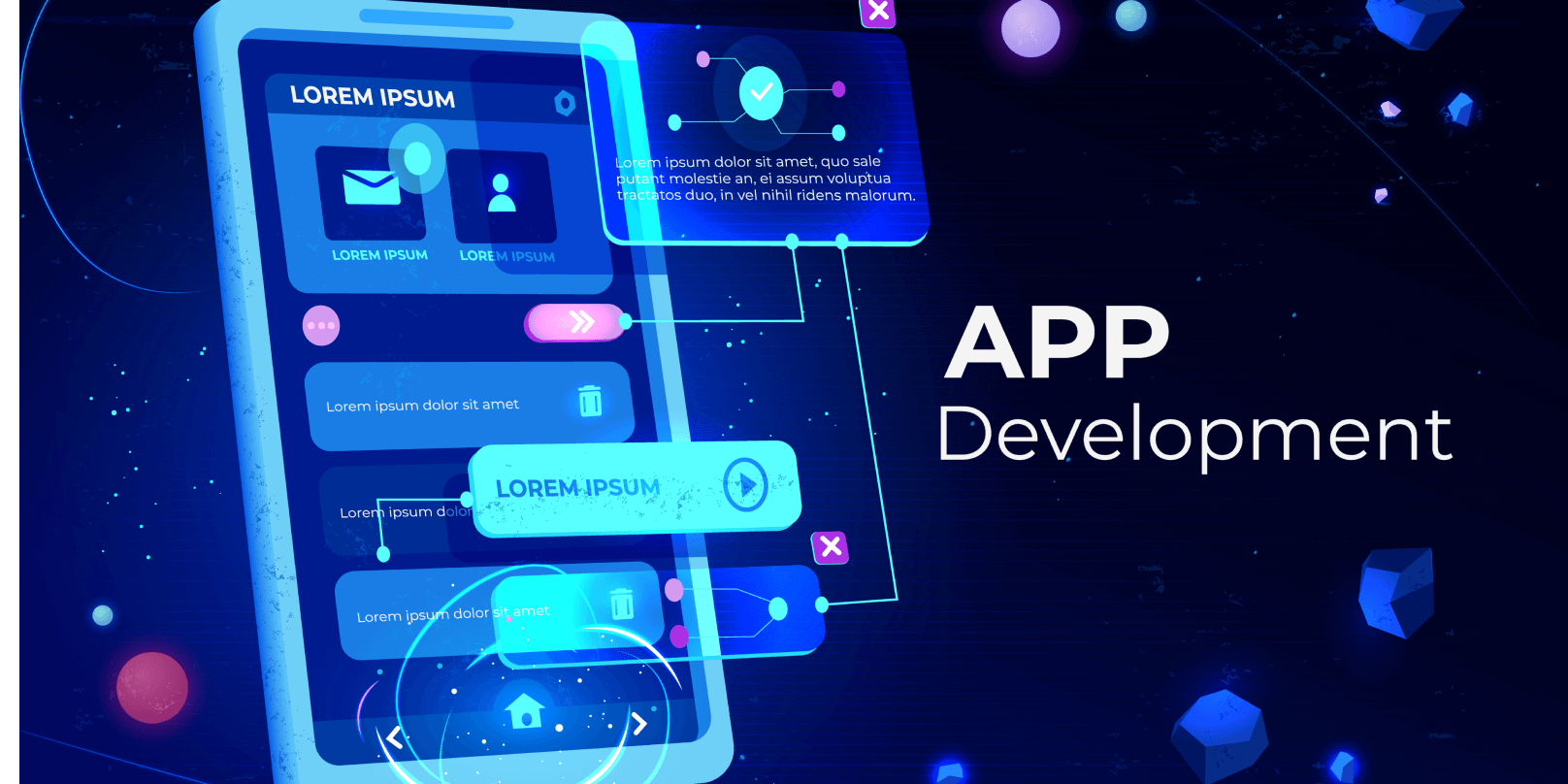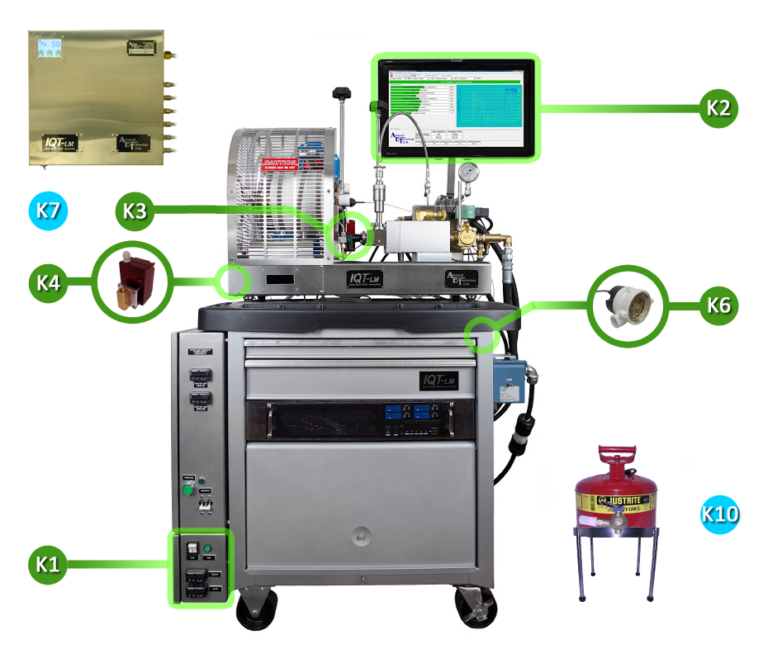The Art and Science of App Development: From Idea to Reality
Introduction to App Development
In today’s digital age, mobile applications have become an integral part of our lives. From social networking to productivity tools and entertainment, there’s an app for almost everything. But have you ever wondered what goes into creating these digital wonders? This article will take you on a journey through the exciting world of app development, from conceptualization to deployment.
The Creative Spark: Conceptualizing Your App
Every successful app starts with a compelling idea. Whether it’s solving a problem, filling a gap in the market, or providing entertainment, your app concept is the foundation on which everything else is built. Key steps in this phase include:
- Market Research: Investigate your target audience, competitors, and market trends. Understand what potential users need and identify opportunities.
- Defining Features: Outline the core features and functionalities of your app. What problems will it solve, and how will it do so uniquely?
- Wireframing and Prototyping: Create rough sketches and interactive prototypes to visualize your app’s user interface and user experience (UI/UX).
Choosing the Right Platform and Technology Stack
Once you have a clear concept, it’s time to decide whether your app will be native (built for a specific platform like iOS or Android), cross-platform (compatible with multiple platforms), or web-based. Your choice will influence the technology stack you’ll use. Consider factors such as development time, cost, and target audience when making this decision.
Development Phase: Turning Ideas into Code
This is where the magic happens. App development involves writing code to bring your concept to life. The key aspects of this phase include:
- Coding Languages: Depending on the platform and technology stack you chose, you’ll work with languages like Java, Kotlin, Swift, JavaScript, or others.
- Version Control: Use version control systems like Git to track changes and collaborate with other developers.
- Testing: Rigorously test your app for functionality, performance, and user experience. Fix any bugs and glitches that arise during testing.
User Interface (UI) and User Experience (UX) Design
Creating a visually appealing and user-friendly interface is critical to your app’s success. Collaborate with UI/UX designers to ensure your app is intuitive and visually engaging. Design considerations include:
- Layout: Arrange elements on the screen for optimal user interaction.
- Colors and Typography: Choose a palette and fonts that match your app’s branding and purpose.
- Navigation: Create clear paths for users to navigate through your app.
Back-End Development: The Hidden Machinery
While users interact with the app’s front-end, the back-end is where data storage, security, and server-side processing occur. Key back-end development tasks include:
- Server Setup: Choose a hosting platform and set up servers to handle data storage and requests.
- Database Design: Create a database structure to store user data, content, and other information.
- API Integration: Develop application programming interfaces (APIs) to connect your app’s front-end to the back-end.
Testing and Quality Assurance
Thoroughly test your app on different devices, operating systems, and network conditions to ensure it performs flawlessly. Beta testing with real users can uncover valuable feedback and insights. Be prepared to make refinements based on the results of these tests.
Deployment and Distribution
Once your app is polished and fully functional, it’s time to make it available to the world. This involves:
- App Store Submission: Follow the guidelines of platforms like the Apple App Store and Google Play Store to submit your app for review and publication.
- Marketing and Promotion: Plan a marketing strategy to promote your app and attract users.
- Updates and Maintenance: Regularly update your app to fix bugs, add new features, and stay compatible with the latest devices and OS versions.
Monetization Strategies
There are various ways to generate revenue from your app:
- Paid Apps: Charge users to download your app.
- In-App Purchases: Offer additional content or features for a fee within the app.
- Ads: Display advertisements to users and earn revenue from ad networks.
- Subscription Model: Offer premium features or content on a subscription basis.
Conclusion: Embracing the App Development Journey
App development is a multifaceted process that combines creativity, technical expertise, and strategic thinking. While it can be challenging, the rewards of seeing your app come to life and positively impact users can be immensely satisfying. So, whether you’re an aspiring developer or an entrepreneur with a brilliant idea, remember that the journey from concept to a fully functioning app is both an art and a science, and it’s one that continues to evolve with each new project.







